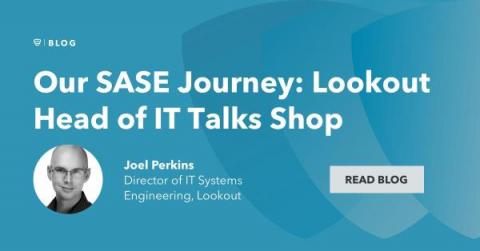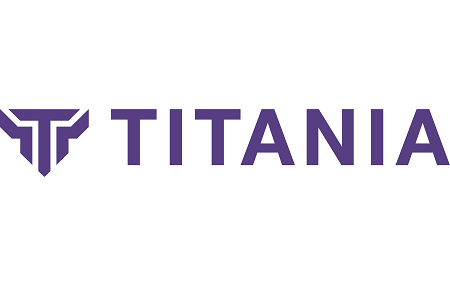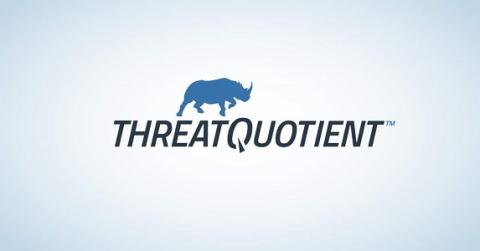Our SASE Journey: Lookout Head of IT Talks Shop
Like other organizations that are adopting a permanent hybrid or remote-first work environment, Lookout is using our Secure Access Services Edge (SASE) platform to implement cybersecurity that is not tied to the physical office spaces where employees used to work. SASE is a security framework defined by Gartner that has been adopted by many organizations to enable intelligent Zero-Trust access from anywhere without hindering productivity.










